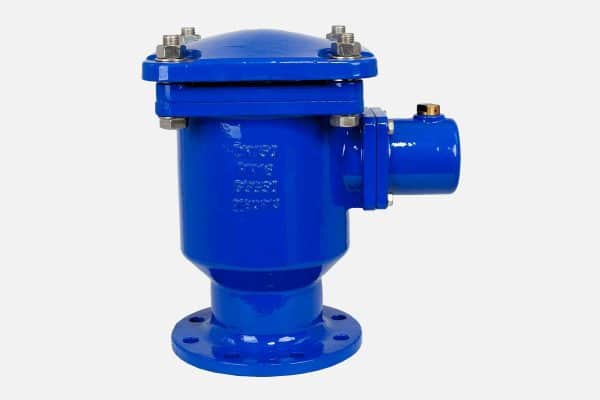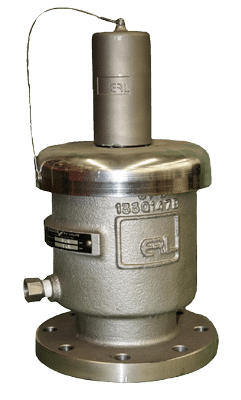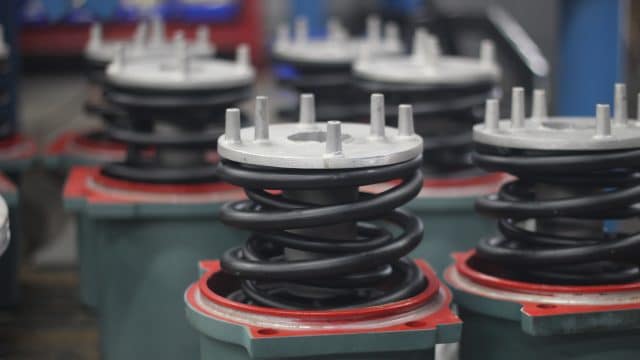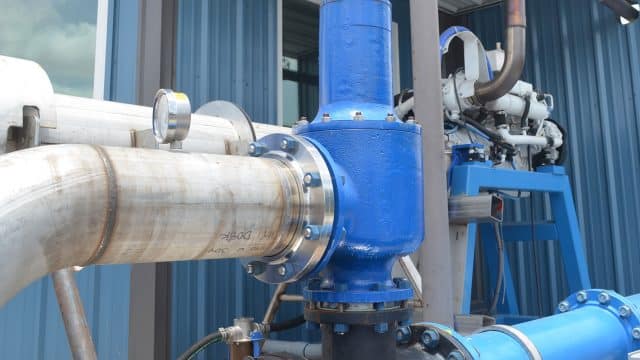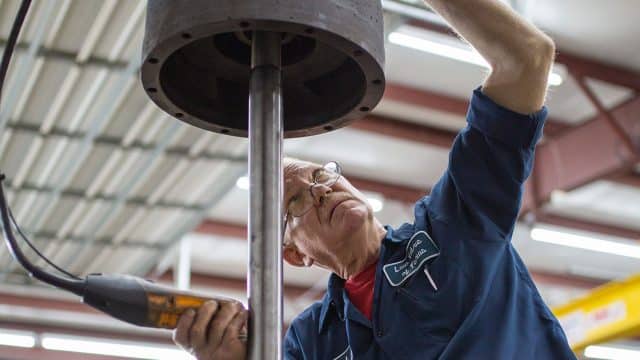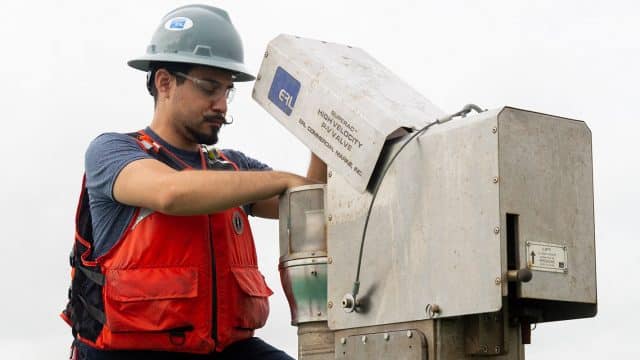The process safety accidents at industrial facilities worldwide observed a significant increase in 2020. Asia, Italy, Turkey, and America are among the places with the most records of such incidents. Industrial facilities withRead More >
pressure vacuum relief valve
Pressure Vacuum Relief Valve: An In-Depth Guide
Do you need a hand wrapping your head around pressure valves? Well, look no further! In this guide, we’ll be covering everything you need to know about pressure vacuum reliefRead More >

